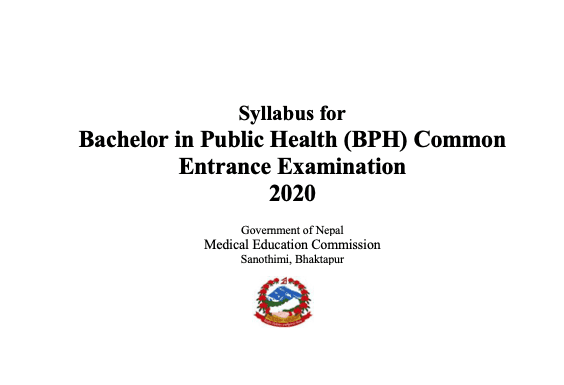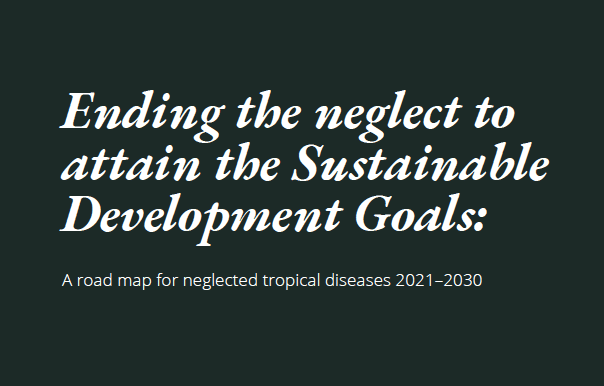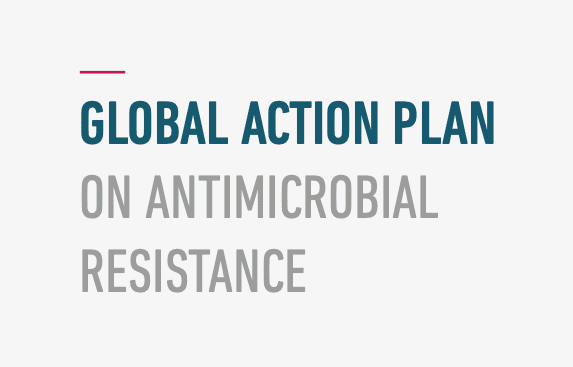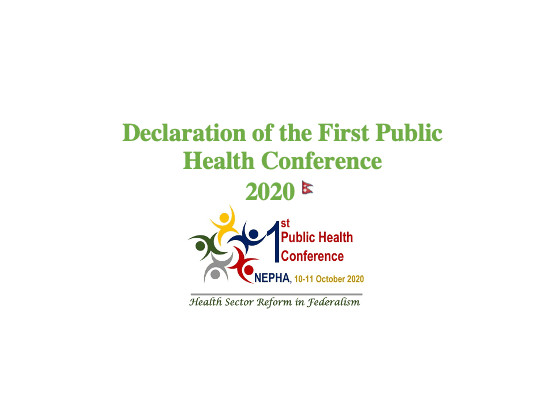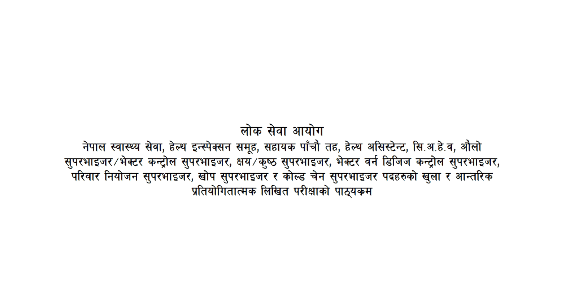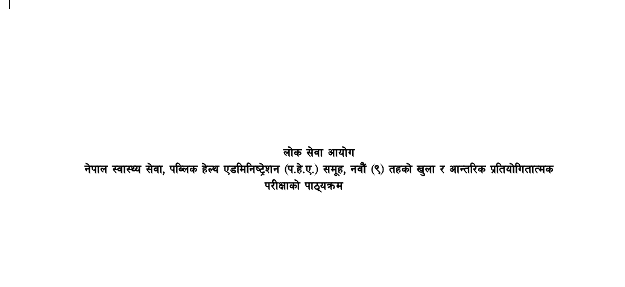Eligibility
- Passed 10+2 Science or equivalent (with Physics, Chemistry and Biology) with 50% aggregate in total marks or GPA 2.4 OR
- Secured the Percentage equivalent to above eligibility in regards to the certificate level programs (A-Level) with different grading system. OR
- Applicants who have passed the Health Science Proficiency Certificate/Diploma (General Medicine, Medical Lab Technology, Ophthalmic Science, Dental Science, Pharmacy, Ayurveda, Nursing, Radiography, Physiotherapy) with at least 50% aggregate in total marks. AND
- Registered in Nepal Health Professional Council or Nepal Pharmacy Council, Nepal Nursing Council or Nepal Ayurveda Council as per related educational program.
Examination Format
- Question type: Single best response type of multiple-choice questions
- Option: Four options (A, B, C, D)
- Number of questions: 200
- Full marks: 200
- Cognitive ratio: Recall: Understanding: Application – 30:50:20
- Duration: 3 hours
Weightage
| S.N. | Content/Domain | Question |
| a. | Zoology | 40 |
| 1. | Biology, origin and evolution of life | 4 |
| 2. | General characteristics and classification of protozoa to chordata. | 8 |
| 3. | Plasmodium, earthworm and frog, | 8 |
| 4. | Human biology and human diseases | 14 |
| 5. | Animal tissues | 4 |
| 6. | Environmental pollution, adaptation and animal behavior, application of | 2 |
| zoology | ||
| b. | Botany | 40 |
| 7. | Basic component of life and biodiversity | 11 |
| 8. | Ecology and environment | 5 |
| 9. | Cell biology and genetics | 12 |
| 10. | Anatomy and physiology | 7 |
| 11. | Developmental and applied botany | 5 |
| c. | Chemistry | 40 |
| 12. | General and physical chemistry | 15 |
| 13. | Inorganic chemistry | 10 |
| 14. | Organic chemistry | 15 |
| d. | Physics | 40 |
| 15. | Mechanics | 9 |
| 16. | Heat and thermodynamics | 5 |
| 17. | Geometrical optics and physical optics | 5 |
| 18. | Current electricity and magnetism | 7 |
| 19. | Sound waves, electrostatics and capacitors | 5 |
| 20. | Modern physics and nuclear physics | 5 |
| S.N. | Content/Domain | Question | ||
| 21. | Solid and semiconductor devices (electronics) | 2 | ||
| 22. | Particle physics, source of energy and universe | 2 | ||
| e. | Pre-requisite Health Knowledge (Basic Concepts) | 20 | ||
| 23. | Determinants of health and illness | 5 | ||
| 24. | Communicable diseases including vector borne diseases and zoonotic | 5 | ||
| Diseases | ||||
| 25. | Non-communicable diseases | 3 | ||
| 26. | Water, sanitation and hygiene (WASH) | 2 | ||
| 27. | Basic concept of biostatistics and epidemiology | 5 | ||
| f. | Mental Agility Test (MAT) | 20 | ||
| 28. | Verbal reasoning | 5 | ||
| 29. | Numerical reasoning | 5 | ||
| 30. | Logical sequencing | 5 | ||
| 31. | Spatial relation / Abstract reasoning | 5 | ||
| Total | 200 |
For the test, there will be a single set of 200 multiple choice questions (MCQs) each worth one mark for a total of 200 full marks. Each question will have four possible options, with a single correct response. A single answer sheet will be provided to the candidate to response the correct answers.
Recommended readings
- Syllabus for Undergraduate Common Entrance Examination 2020
- List of Registered Postgraduate Medical (Health Professionals) Programs in Nepal
- Medical Education Commission Syllabus for Postgraduate Entrance Examination (2020)
- Syllabus for Postgraduate Integrated Entrance Examination
- Syllabus for Bachelor in Public Health (BPH) Common Entrance Examination
- Syllabus for MBBS/BDS/BSc Nursing/BASLP/B Perfusion Technology Common Entrance Examination
- Syllabus for Bachelor in Nursing Science (BNS) Common Entrance Examination
- Syllabus for BAMS/BSc MLT/BSc MIT/BPT/B Pharm/B Optometry Common Entrance Examination
Do you have a website? Looking for the best hosting provider? Here’s a discount code.
Latest Public Health Jobs
Latest Posts
- The 18th World Congress on Public Health (WCPH) 2026
- National workforce capacity for essential public health functions: Operational handbook for country-led contextualization and implementation
- World Conference on Lung Health Travel Grants 2025
- GIS Training Manual for Health Statistics
- WHO launches bold push to raise health taxes and save millions of lives
Thanks for visiting us.
Disclaimer: The resources, documents, guidelines, and information on this blog have been collected from various sources and are intended for informational purposes only. Information published on or through this website and affiliated social media channels does not represent the intention, plan, or strategies of an organization that the initiator is associated with in a professional or personal capacity, unless explicitly indicated.
If you have any complaints, information, or suggestions about the content published on Public Health Update, please feel free to contact us at blog.publichealthupdate@gmail.com.
#StayUpdated


